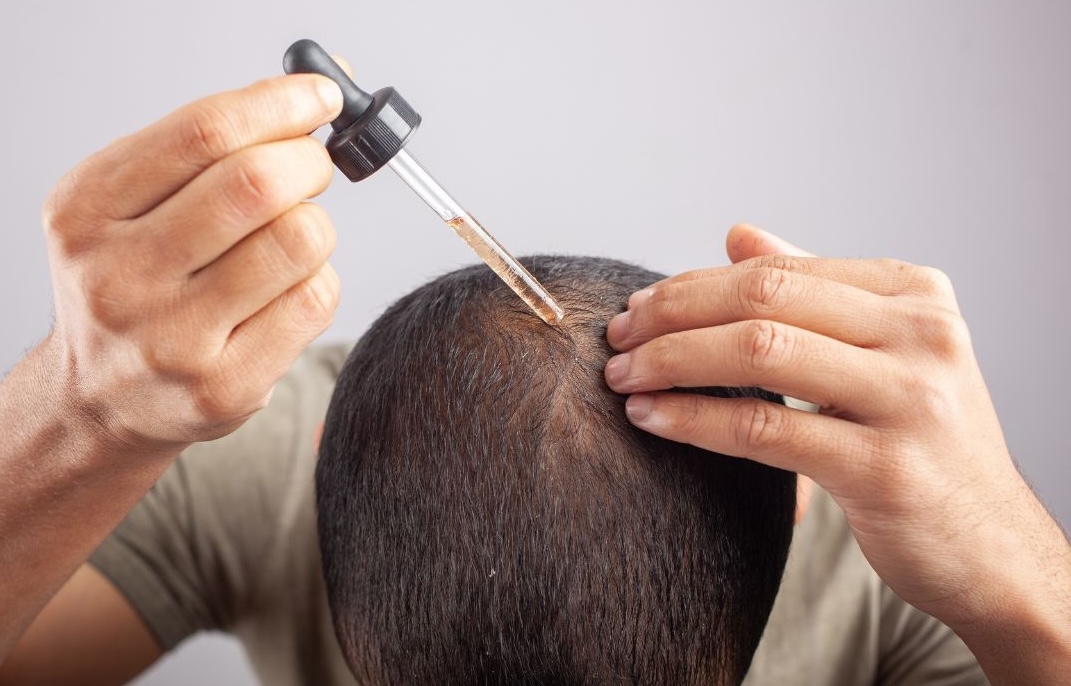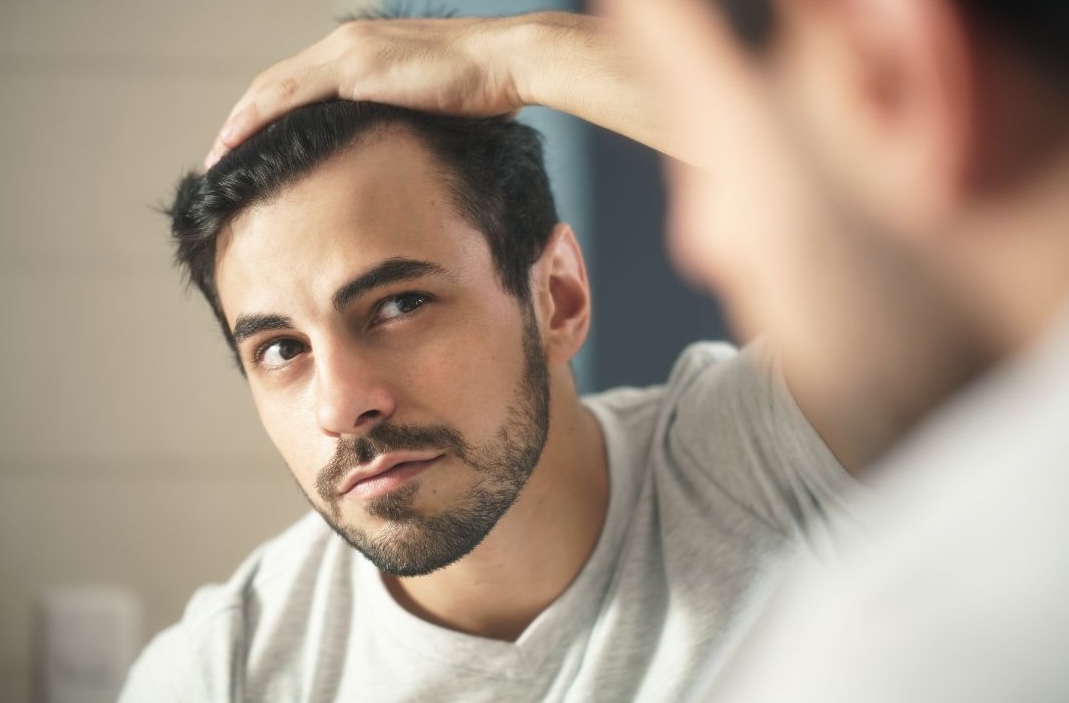Hair loss affects many men globally, impacting not just their appearance but also their self-esteem and confidence.
While it’s a common issue, the personal feelings and social perceptions associated with thinning hair can profoundly affect one’s life.
This article aims to address hair loss by suggesting useful and constructive ways to cope with this condition.
From maintaining scalp health to exploring treatment options and embracing change, we will cover strategies that can help men deal with hair loss effectively.
Scalp Care
A healthy scalp is required for hair health, playing a big role in preventing further hair loss.
Regular cleaning to remove dirt and excess oils can prevent pore clogging and help foster a healthier hair growth environment.
Using products formulated for scalp health, such as anti-dandruff shampoos or those containing growth stimulants like caffeine, can be useful.
Good nutrition also significantly impacts scalp and hair health. Making sure you have a diet rich in vitamins, minerals, and proteins supports hair follicle growth.
Staying hydrated is essential, as dehydration can lead to brittle hair and increased hair loss.
Men should also consider regular scalp massages to improve blood circulation, which can promote hair growth.
These massages can be improved with essential oils like peppermint or rosemary, which have been shown to support hair growth and health.
Hair Loss Treatments

Several treatment options are available for managing male hair loss, ranging from over-the-counter products to prescription medications.
One popular over-the-counter option is minoxidil, available as a topical solution or foam.
It works by stimulating hair growth and is effective for many men.
However, it requires continuous use to maintain results.
Prescription treatments like finasteride offer another approach, targeting hormones that cause hair loss.
While effective, these medications can have side effects and typically require long-term commitment.
For those looking for natural remedies, treatments like saw palmetto or scalp acupuncture are becoming increasingly popular.
These alternatives often appeal to men looking for less invasive and chemical-free options.
Additionally, professional advice from healthcare providers is recommended.
Men considering hair loss treatments can learn more about their options by visiting hair loss treatments.
Hairstyle Adjustments
Selecting the right hairstyle can impact the appearance of thinning hair.
Shorter cuts tend to reduce the visibility of sparse areas, while certain styles, like a textured crop, can give a fuller appearance to the hair.
Using styling products designed for thinning hair, such as thickening sprays or powders, can also help. These products build volume and make hair appear denser.
For men comfortable with significant changes, shaving the head can be a liberating option, often boosting confidence and eliminating concerns about balding patterns.
Acceptance

Accepting hair loss is undoubtedly psychologically challenging, but embracing this change is a much-needed first step for many men.
Recognising that hair loss does not define your worth or capabilities, can also reduce emotional stress and promote a healthier self-image.
This acceptance can help individuals to focus on their strengths and qualities beyond physical appearance.
Moreover, the move towards acceptance can be supported through various ways.
Support groups offer a platform where men can share their experiences and challenges, gaining insights and encouragement from others facing similar situations.
Professional counselling can provide personalised guidance and strategies to manage emotional responses related to hair loss.
These supportive environments can be useful in helping men to confidently accept their appearance and any changes that come with it.
Online forums and social media groups also serve as accessible resources where men can connect with peers globally, exchanging tips and fostering a community that uplifts each other despite the challenges of hair loss.
Cosmetic Solutions
Cosmetic solutions for hair loss encompass a range of options that cater to different needs and preferences.
Hair fibres, for instance, are keratin-based substances that cling to existing hair, creating a fuller look instantly.
This option is excellent for daily use, providing a quick and effective way to improve your appearance.
Similarly, toupees and hairpieces are crafted to fit the wearer, offering a natural and undetectable solution to hair loss.
These are made from high-quality materials that mimic natural hair, suitable for continuous wear and special events.
The choice of a toupee or hairpiece can be pivotal for those looking for a non-invasive solution that can be customised according to hair colour and style preferences.
On the more permanent end, hair transplants involve the surgical relocation of hair follicles from denser areas of the scalp to balding or thinning areas.
This method has evolved with technological advancements, providing outcomes that maintain the natural hair growth pattern.
However, it should be known for individuals considering this option to consult with specialised medical professionals to understand the procedural details, recovery process, and potential risks.
A hair transplant is a significant decision that offers lasting results, matching personal expectations and aesthetic goals.
Coping with male hair loss requires a positive mindset. From maintaining good scalp health to considering advanced hair loss treatments, there are numerous strategies to manage this condition.
Seeking professional advice, and possibly getting a video consultation can significantly aid in finding the right solution.
You also need to understand how it works to make informed decisions.
The goal is to create self-confidence and get individuals to feel their best, irrespective of hair loss.


